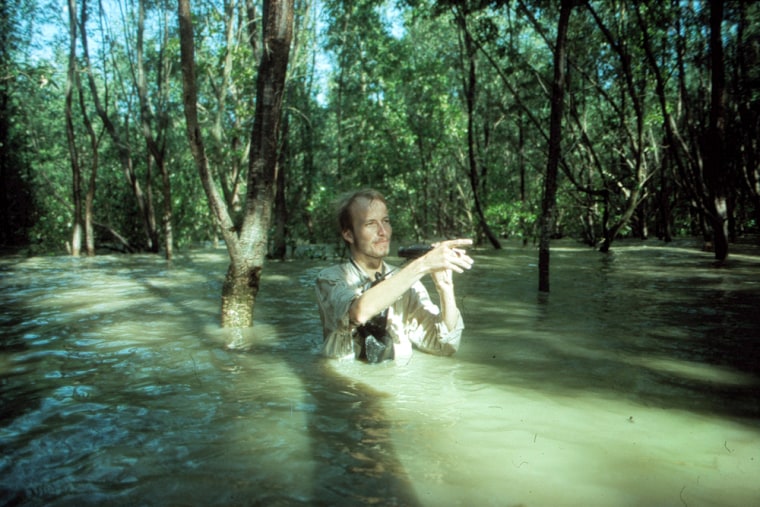Coastal villages set behind mangrove forests in southeast India suffered much less damage in the Asian tsunami than places without the protection of trees, a new study reports.
The massive wave last December struck 11 countries, leaving more than 230,000 people dead or missing.
Researchers led by Finn Danielsen of the Nordic Agency for Development and Ecology in Copenhagen, Denmark, studied tsunami damage along the coast in the Cuddalore District in the state of Tamil Nadu, India.
"In the north, stands of mangroves had five associated villages, two on the coast and three behind the mangrove. The villages on the coast were completely destroyed, whereas those behind the mangrove suffered no destruction, even though the waves damaged areas unshielded by vegetation north and south of these villages," the researchers report in Friday's issue of the journal Science.
South of that area, they added, "the shore is lined with Casuarina plantations. Five villages are located within these plantations and all experienced only partial damage. The plantations were undamaged except for rows of 5 to 10 trees nearest to the shore, which were uprooted."
Overall, the researchers found damage in 35 percent of the coastal land without trees, 15 percent where there were some trees and less than 1 percent where there was protection by dense tree growth.
The researchers noted that mangrove forests have become threatened in some areas and commented that "conserving or replanting coastal mangroves and greenbelts should buffer communities from future tsunami events."
